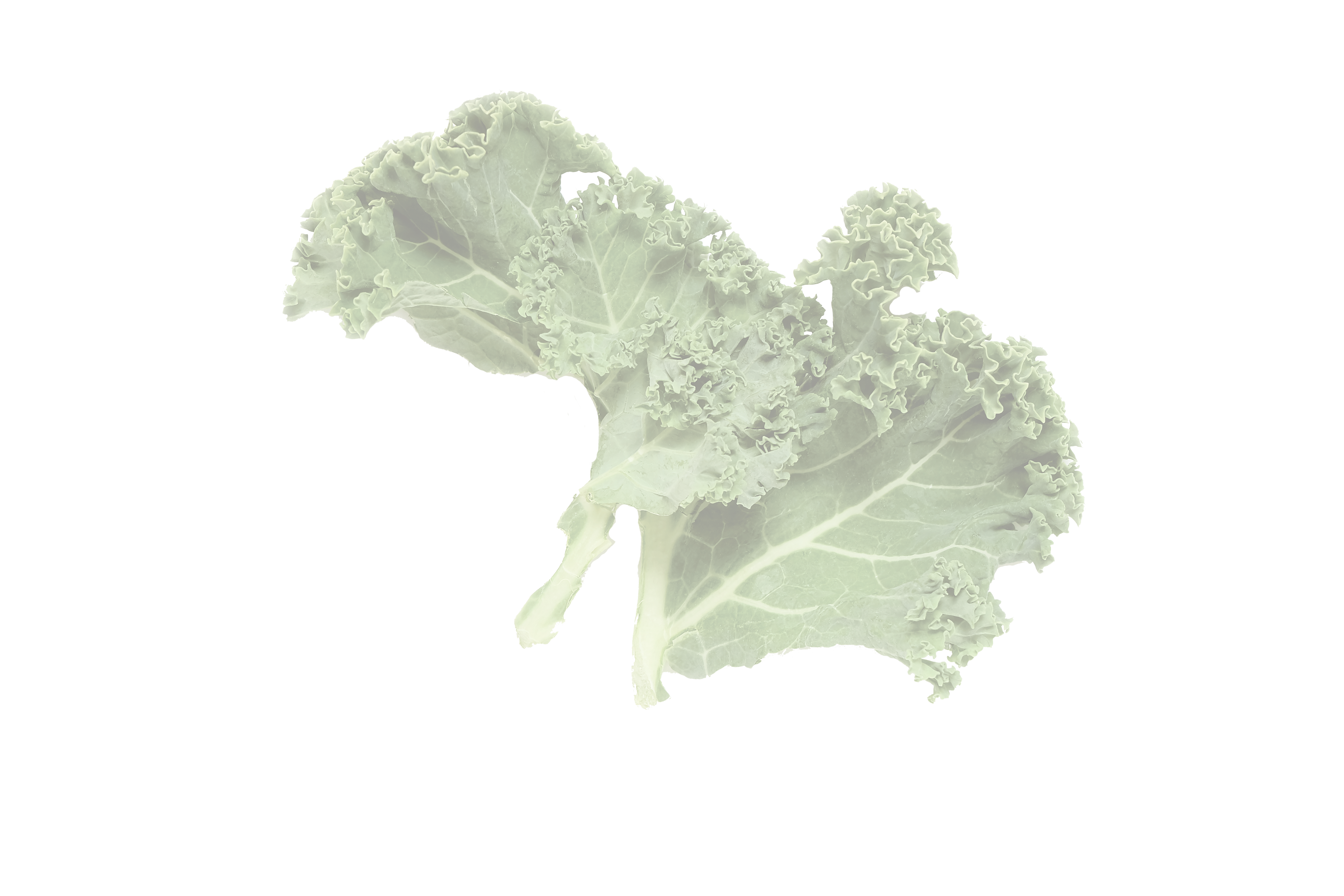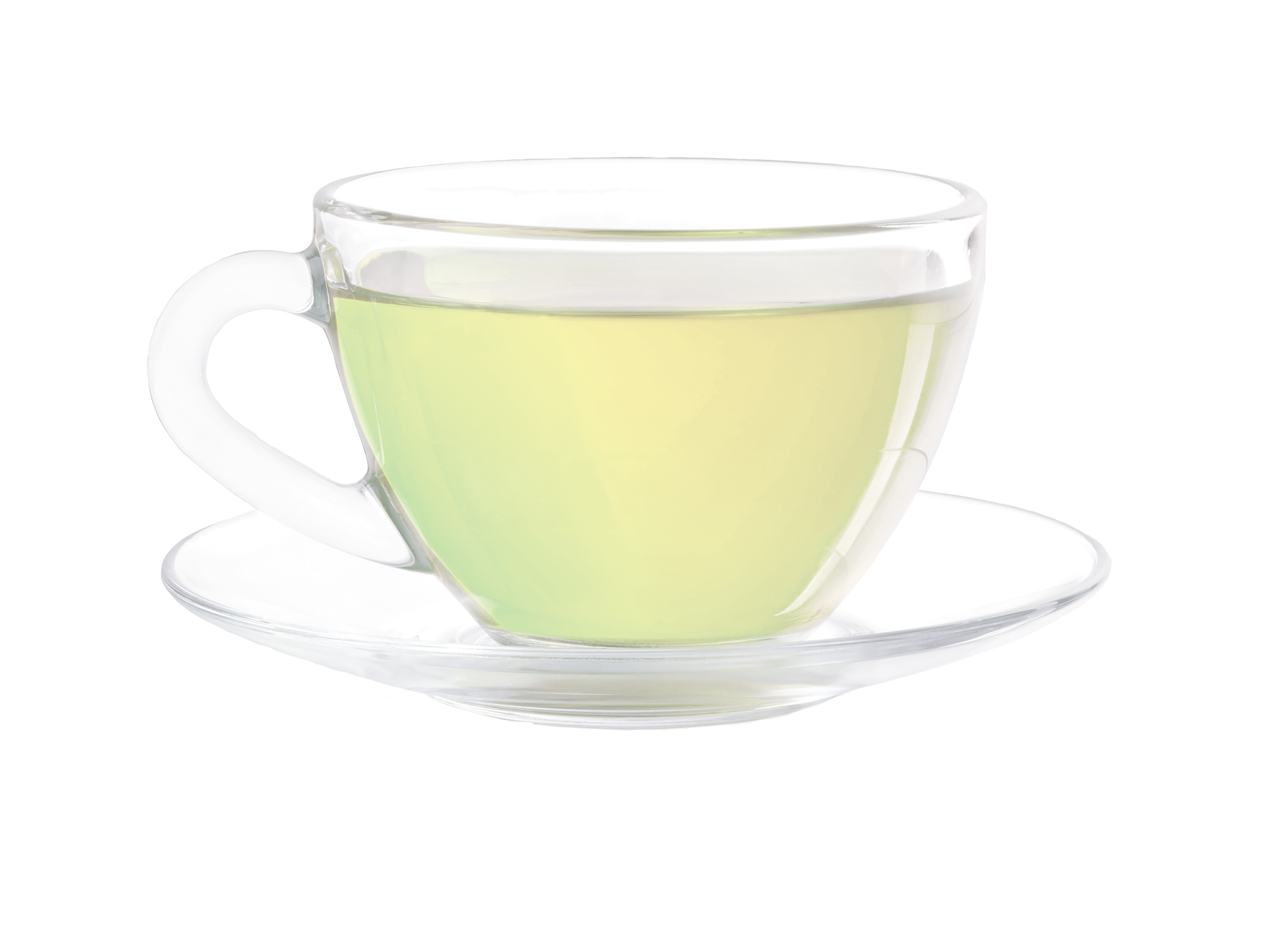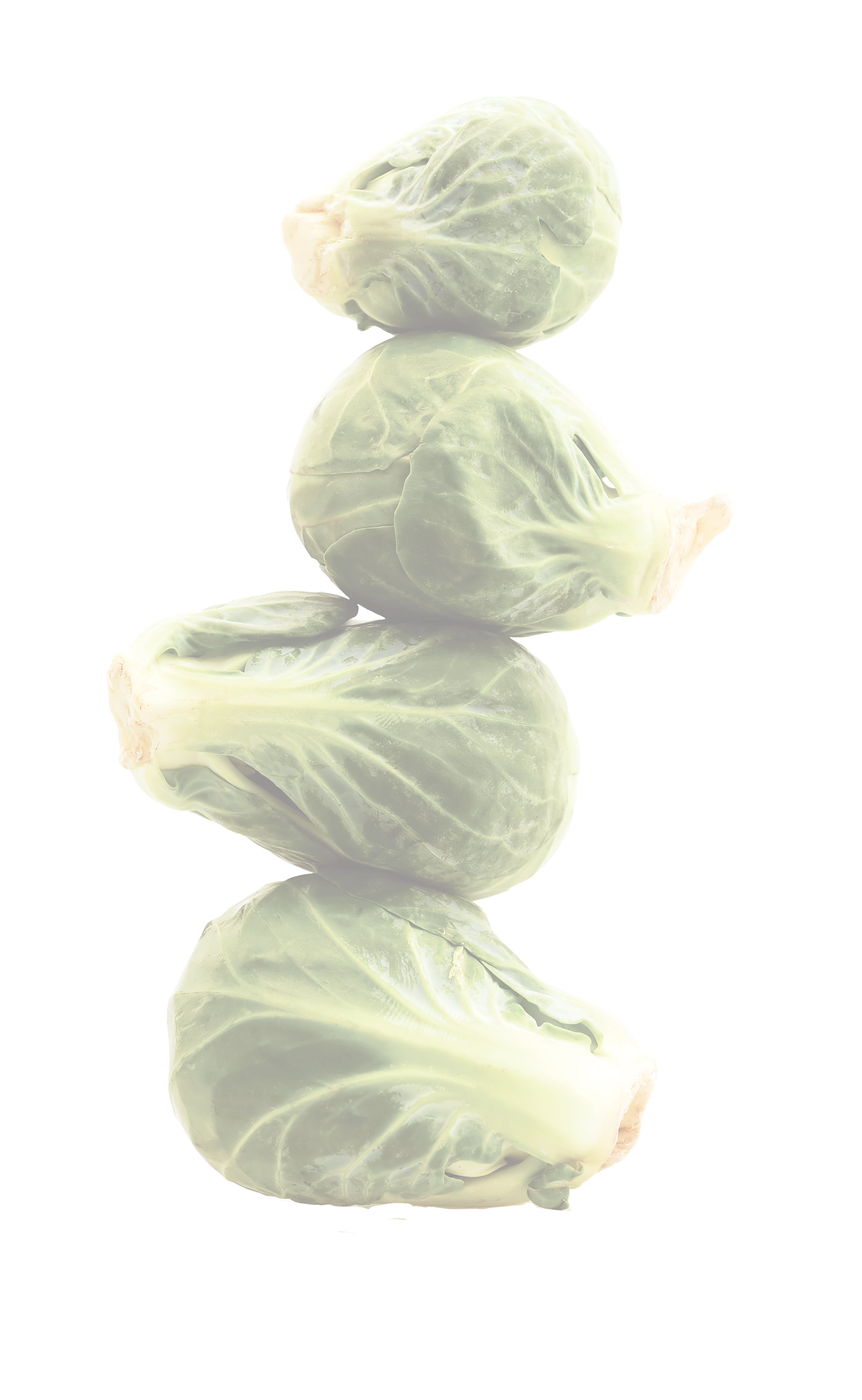At a time when Western visitors were not so common in Qidong, China, researcher Thomas Kensler launched an unusual research project there. Kensler—who worked in a university toxicology lab in Baltimore, Md.—was drawn to Qidong for a reason.
The area, which was then somewhat remote, sits across the Yangtze River from sprawling Shanghai, on a peninsula jutting into the East China Sea. The soil of Qidong’s farmland consists largely of porous river sediment, making rice cultivation nearly impossible. But, in the 1990s, corn production flourished. So, unlike most of the Chinese population, the residents of Qidong ate locally grown corn as a dietary staple, not rice staple, not rice.
Something else flourished in Qidong, too. Liver cancer. It accounted for one of every 10 adult deaths in the region. Kensler’s research as a biochemist and pharmacologist suggested a likely culprit: aflatoxins, a known carcinogen in a fungus found in the region’s peanut and corn crops.
To Kensler—then a Johns Hopkins professor—Qidong presented a “living lab,” with more than a million people who were geographically isolated and exhibiting a very high risk of liver cancer. Why? And could anything be done to prevent future cases of the disease?
He and his research team began exploring these questions by conducting several clinical trials with the cooperation of Qidong residents and Chinese government officials—not an easy feat, even now, for a Western scientist.
What he has discovered during his nearly 25 years of research in Qidong prompted the National Cancer Institute (NCI), this year, to award Kensler an Outstanding Investigator Award to further his promising work. Even better, the results may offer all of us some practical proof about how to reduce cancer risk.
Today, Kensler is a professor of pharmacology and chemical biology in Pitt’s School of Medicine. He first encountered aflatoxins as a graduate student at MIT in the early 1970s. The deadly carcinogen, known to contaminate many regions’ food supplies, was a much-discussed research topic then. Early on, Kensler’s research focused on the mechanisms through which aflatoxins cause liver cancer, using animal models. He then tested a drug called oltipraz, which altered the way aflatoxins are metabolized, or processed, in the body. The drug blunted aflatoxins’ cancer-causing effect. The next step was to apply the drug in human trials to test its cancer-prevention properties, and that’s when he became aware of the unique public-health circumstances presented by Qidong.
In 1993, on a trip arranged through a colleague, Kensler met a Shanghai scientist who introduced him to the Qidong Liver Cancer Institute (QLCI). The region’s liver cancer crisis meant that even though much of China was largely closed to the West in the 1990s, Kensler found willing scientific collaborators.
 “People to people, it was really easy,” Kensler recalls. “Government to government it was more complicated.” After a series of official meetings and banquets, Kensler and the QLCI began to plan for long-term cancer study in Qidong. They ran their first clinical trial in 1995 to test oltipraz’s effectiveness as a cancer-preventing drug. Participants would take the pill, then give urine and blood samples to be analyzed for levels of aflatoxins.
“People to people, it was really easy,” Kensler recalls. “Government to government it was more complicated.” After a series of official meetings and banquets, Kensler and the QLCI began to plan for long-term cancer study in Qidong. They ran their first clinical trial in 1995 to test oltipraz’s effectiveness as a cancer-preventing drug. Participants would take the pill, then give urine and blood samples to be analyzed for levels of aflatoxins.
Kensler remembers the difficult process of building trust among Qidong’s people for that first study. Though the city of Shanghai, across the Yangtze, was home to millions, he was the only Westerner in the Qidong region for hundreds of miles and an object of both fascination and suspicion. He knew, however, that the success of the research was also dependent on the relationships he forged in Qidong.
To ask for the community’s cooperation, Kensler and his collaborators met with local leaders and held a series of town hall meetings. Potential study participants peppered him with questions: How old are you? Are you married? How much money do you make? He gladly accepted invitations to eat in their homes, where he dined on local foods like fish, crab, and eel caught from the Yangtze, along with peanuts and ears of corn from nearby fields.
Kensler wasn’t just breaking new ground in cancer prevention, he was also a trailblazer in sorting out the cross-cultural logistics of conducting Westernized human clinical trials in China on a frugal budget, with limited resources. He had a calling, too, inspired by his affinity for environmental causes. He wanted to employ science in the service of public health, and he knew his work in China had the potential to save many lives.
Before Kensler was a scientist, he was an outdoorsman—a hiker, backpacker, kayaker, and mountain climber. A 3D map of the Appalachian Trail hangs in his office in Pitt’s Biomedical Science Tower. “A goal of mine,” he says.
Growing up, Kensler wasn’t especially excited by the idea of a scientific career. His father was a pharmacologist, chairing a university department, and Kensler was ambivalent about following in his footsteps. What came to him more naturally, he says, was “an ecological awareness.” His love of the outdoors translated into a “concern for the state of the planet.”
As an undergraduate, he attended Hamilton College in Clinton, N.Y., not too far from Adirondack Park. As a senior there, studying biology, he celebrated the first Earth Day in April 1970. By the end of that year, Congress had created the Environmental Protection Agency and passed the historic Clean Air Act. The first-ever report from the federal Council on Environmental Quality read: “Historians may one day call 1970 the Year of the Environment—a turning point, a year when the quality of life [became] more than a phrase…” The environmental movement had officially taken hold.
Kensler decided to pursue advanced training in biology, and was accepted into the toxicology program at MIT. Toxicology, a sister discipline of pharmacology, explores the harmful effects of chemicals on humans and animals. To him, the field represented “still sort of worrying about the environment, but in a much more scientifically rigorous way,” says Kensler. He quickly fell in love with it.
His research in Qidong brought together his love of science, particularly as it applies to public health, where the challenges are never simply scientific ones.
In May 1999, four months into Kensler’s second clinical trial of oltipraz, NATO bombed the Chinese embassy in Belgrade, reportedly by accident. The world was then embroiled in the Kosovo War, pitting U.S.-led NATO against Russia and China. After the bombing, the Chinese were outraged at Americans and demonstrations erupted in Shanghai. Kensler’s study participants turned cold, glaring at him with disdain. Some spat at him. Many threatened to quit the study.
 It was a crucial moment in the research phase, and Kensler was fiercely committed to protecting the integrity of the science. In his view, he was in China trying to help prevent cancer, which had the potential to save millions. Again, he met with local leaders and held a town hall meeting. After extended discussion, locals agreed they’d direct their anger at America and away from Kensler’s study. Instead, they’d channel their outrage into a boycott of America’s Coca Cola products. That agreement meant that the study could continue and the larger public health mission would be preserved.
It was a crucial moment in the research phase, and Kensler was fiercely committed to protecting the integrity of the science. In his view, he was in China trying to help prevent cancer, which had the potential to save millions. Again, he met with local leaders and held a town hall meeting. After extended discussion, locals agreed they’d direct their anger at America and away from Kensler’s study. Instead, they’d channel their outrage into a boycott of America’s Coca Cola products. That agreement meant that the study could continue and the larger public health mission would be preserved.
Kensler chalked the compromise up as one of many “strange things” that have happened over the course of his 25 years conducting research in China. “You need to be an active participant,” Kensler says of working in Qidong. “You need to embrace everything.”
That approach served the science well. Ultimately the oltipraz study demonstrated that aflatoxin biomarkers could indeed be reduced through the drug intervention; in other words, the results suggested that specific, targeted compounds could decrease cancer risk. This work paved the way for Kensler’s latest work in Qidong, which is offering insights that may prove useful closer to home—based on foods that are found in neighborhood grocery stores. Kensler’s journey on that path was inspired by the research of a like-minded colleague.
After earning a PhD in toxicology in 1976, Kensler held several post-doctoral positions, including one at the NCI. All of his interests aligned in 1980, when he accepted his first faculty position at Johns Hopkins School of Public Health. Unlike the previous work he’d done in toxicology labs, his new role embraced environmental toxicology: studying the effects of what we put in our air, water, and food—and ingest into our bodies.
At Johns Hopkins, Kensler met Paul Talalay, a professor in the university’s pharmacology department, who shared an interest in cancer prevention. His lab was noticeably different than most others. It had a greenhouse and an array of hundreds of fruits and vegetables, some of them hydroponically grown on site. One of the originators of food-based cancer-prevention strategies, Talalay experimented with different food compounds, seeking to prevent, block, or slow the development of cancer. His research demonstrated that cruciferous vegetables—like broccoli, Brussels sprouts, kale, and cabbage—had high levels of a molecule called sulforaphane, which appeared to increase the production of toxin-fighting enzymes. In turn, toxins became more water-soluble, leaving the body through urine more quickly.
Kensler was intrigued by this research. Eventually, it would become a centerpiece of his efforts in Qidong, incorporating his foundational work in cross-cultural clinical trials.
After several years in Qidong, Kensler and his team began to notice a dramatic change in cancer rates in the region. Liver cancer rates were noticeably declining, while cancers from airborne pollutants were increasing. The change was large scale. China’s push toward open market policies had increased trade across the Yangtze, loosening Qidong’s strong reliance on home-grown corn and reducing dietary exposure to aflatoxins. But the expanding market economy also brought rapid industrialization, polluting air and waterways—an environmental issue still at the center of protests in Shanghai today.
“What do you tell somebody living in a dirty air environment?” Kensler asks. “Put on a mask?” He and his team embraced new possibilities in their research and shifted their focus to this emerging public health problem. But, says Kensler, they continued to follow their proven principle of developing “safe, inexpensive, culturally appropriate interventions.” This frugal strategy is still uncommon in a field dominated by high-cost drug and treatment research.
In testing new anticancer methods, Kensler returned to Talalay’s research, which showed that sulforaphane from cruciferous vegetables was a promising candidate as a basis for cancer prevention. The Pitt professor also knew that sulforaphane content was richest in young broccoli sprouts. So, he and his team adapted to the circumstances and culture around them to follow the science. In China, where it’s customary to drink tea, they turned Talalay’s sulforaphane-rich broccoli sprouts into a hot extract. To ensure that the drink would be palatable, they ran taste tests indicating that the ideal broccoli tea blend also contained a mixture of water, pineapple juice, and lime juice.
 In 2013, 291 volunteers participated in a three-month clinical trial. The Qidong residents drank either a broccoli sprout beverage or a placebo tea every night. Kensler’s research team measured urine samples for biomarkers of air pollution—particularly benzene, a known industrial carcinogen. Results showed that broccoli tea drinkers had a 60 percent increase in benzene elimination, compared with the placebo group. Moreover, urine samples indicated that the tea worked quickly and was consistently effective in eliminating benzene throughout the 12 weeks.
In 2013, 291 volunteers participated in a three-month clinical trial. The Qidong residents drank either a broccoli sprout beverage or a placebo tea every night. Kensler’s research team measured urine samples for biomarkers of air pollution—particularly benzene, a known industrial carcinogen. Results showed that broccoli tea drinkers had a 60 percent increase in benzene elimination, compared with the placebo group. Moreover, urine samples indicated that the tea worked quickly and was consistently effective in eliminating benzene throughout the 12 weeks.
These intriguing findings suggested that food extracts may, in fact, help to prevent cancer.
The work that Kensler and his team have carried out in Qidong is the basis for the National Cancer Institute’s recent $6.3 million funding support to the Pitt researcher. The Outstanding Investigator Award is part of a new program, which invited applicants to think broadly. Rather than propose a specific set of experiments, the application asked researchers for a larger vision of the greatest opportunities they saw in the field.
Kensler described how he would advance his unconventional frugal prevention method using a food as innocuous-seeming as broccoli. The award will provide seven years of funding and roughly double his typical research budget.
Kensler—who is married to Nancy Davidson, a Pitt professor of medicine and director of the University of Pittsburgh Cancer Institute—says that the seven-year horizon for his research is “different than any other time I’ve lived during my scientific life over the last 35 years.” He intends to use the time wisely and well, for the benefit of everyone’s health.
So far, the research doesn’t translate directly to eating broccoli. At the moment, it’s based on concentrated compounds of broccoli sprout extract—far more potent than currently available in store-bought broccoli. But the possibilities for sulforaphane-based food interventions are broad: a broccoli tea, a broccoli tablet or pill, or some other yet-to-be-tested indigenous vegetable. Someday, the answer might lie in a health food supplement based on sulforaphane.
While the initial results are promising, many larger questions need to be answered to guide a preventive strategy. For example, does a 60 percent benzene reduction lead to improved health? Is broccoli tea the most effective intervention? If so, for how long? How much is optimal? The NCI award enables Kensler to explore these and other key questions.
“We want to take a broader view to assure ourselves that we’re doing the right things and that we’re doing them in the best, most efficient, effective ways,” Kensler says. But the goal remains unchanged: “We let the science move things forward as quickly as we can.”

